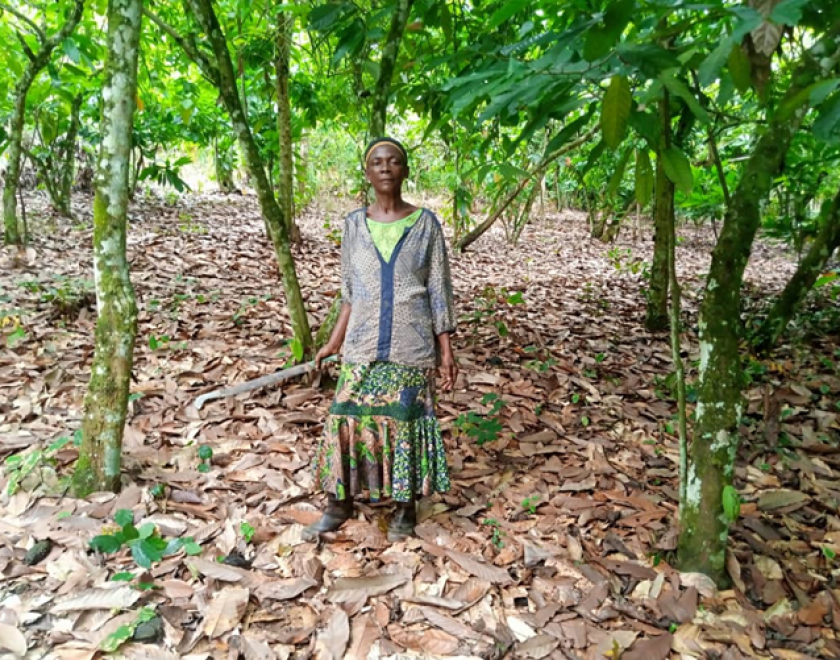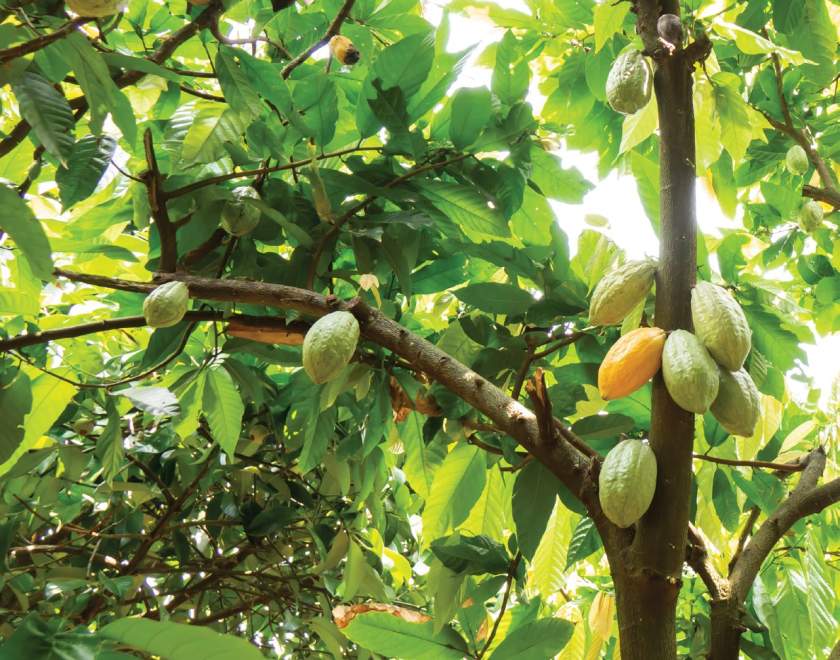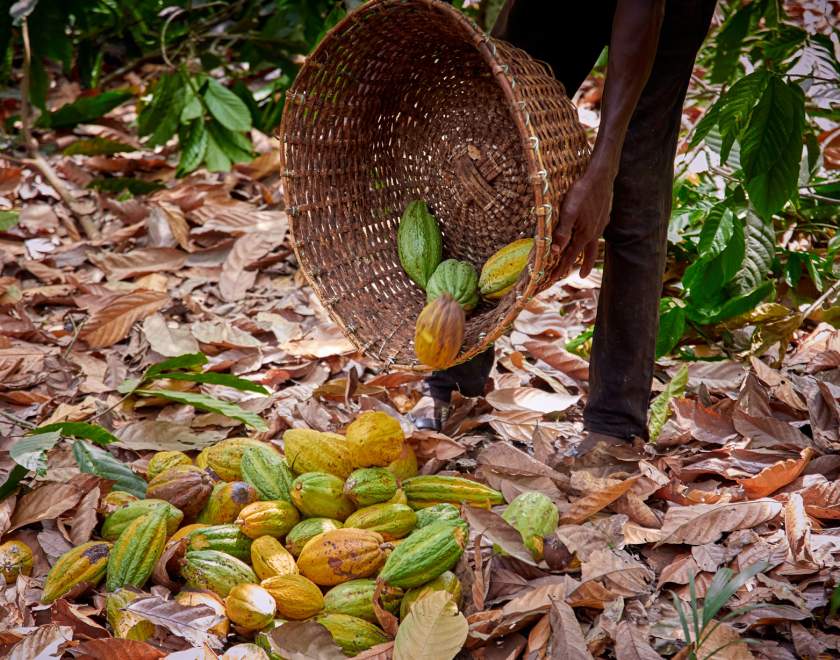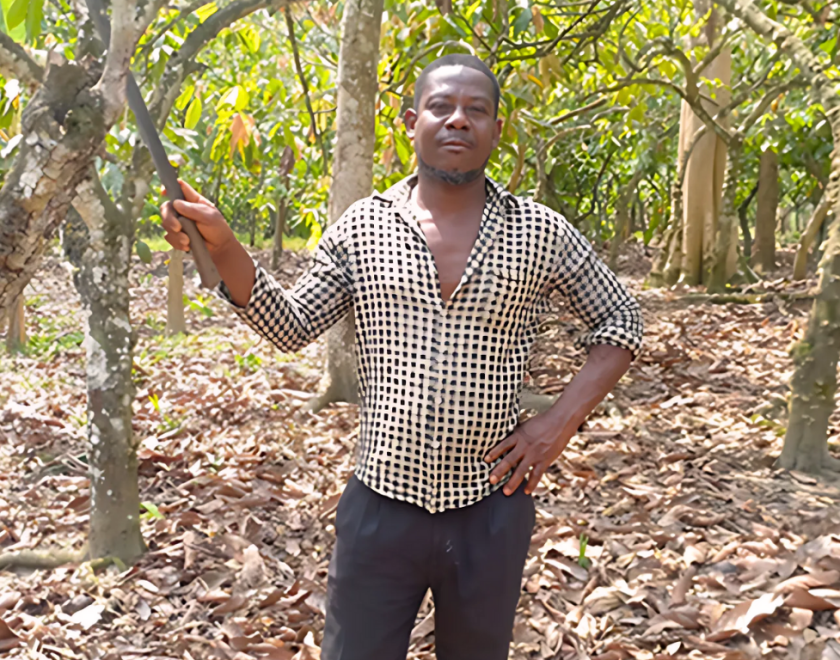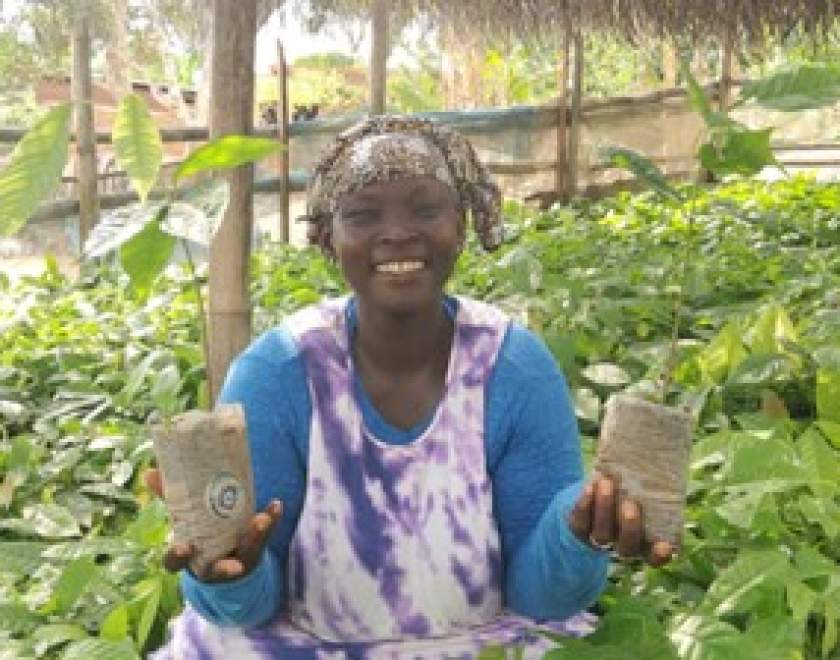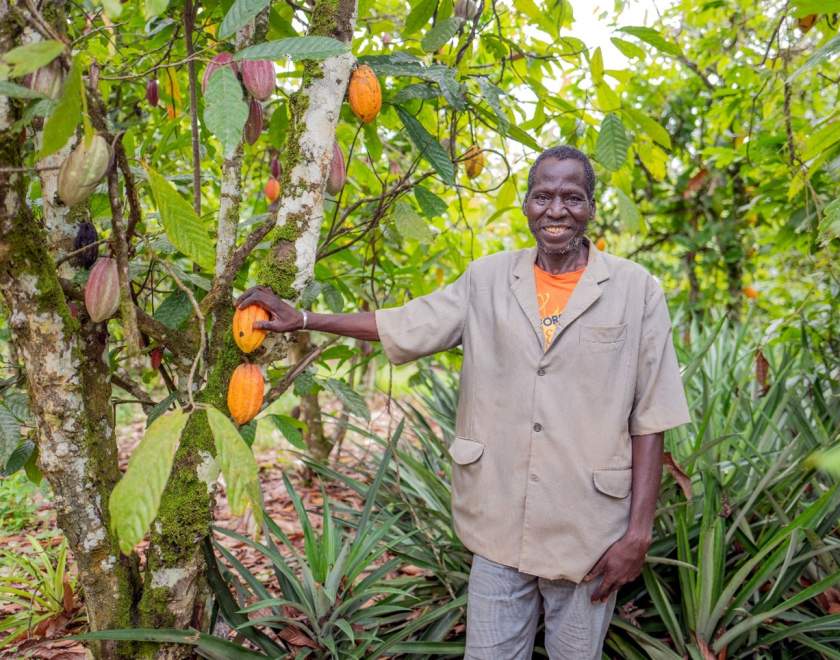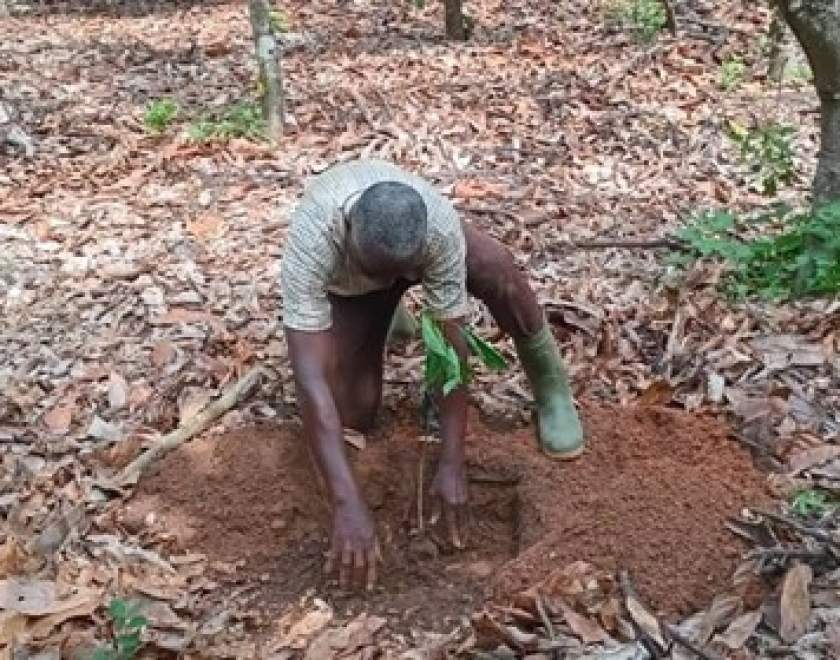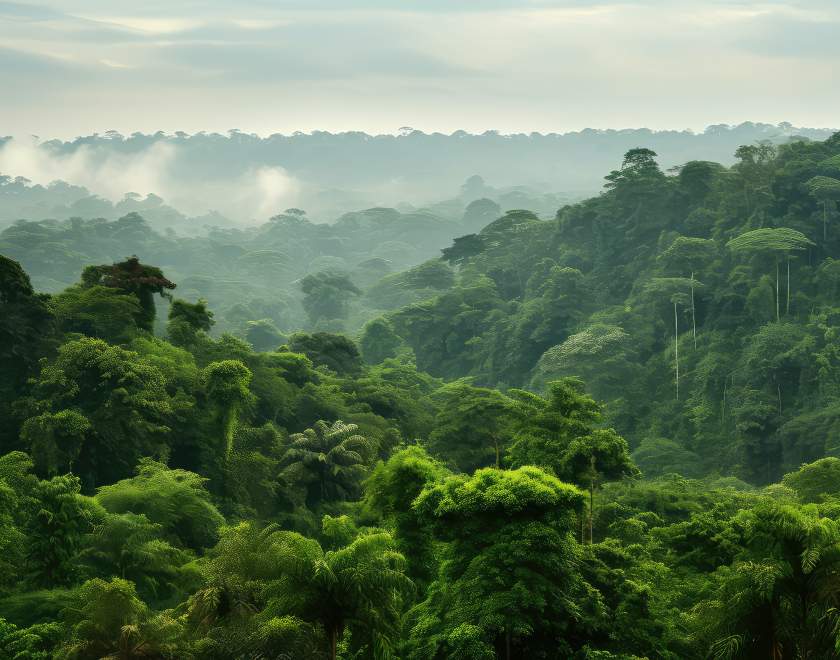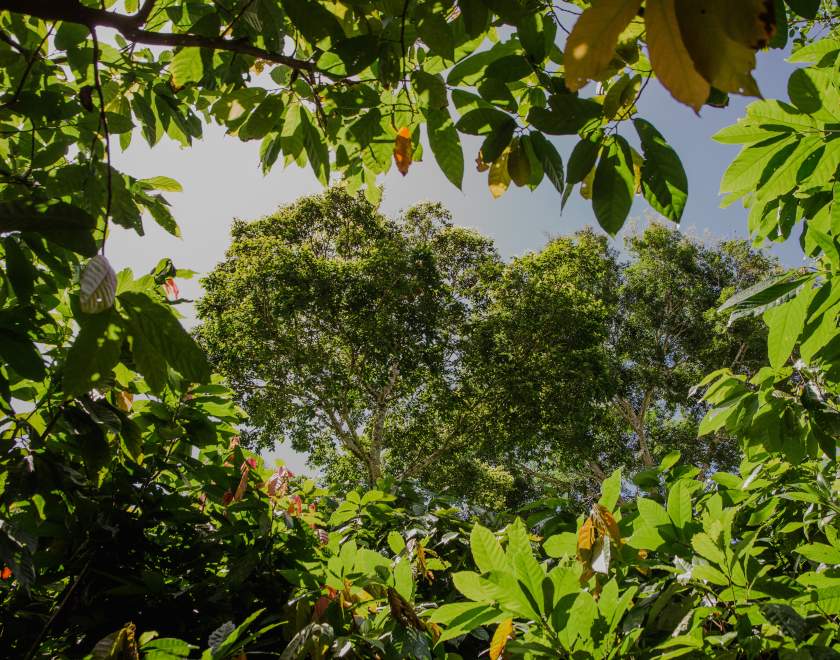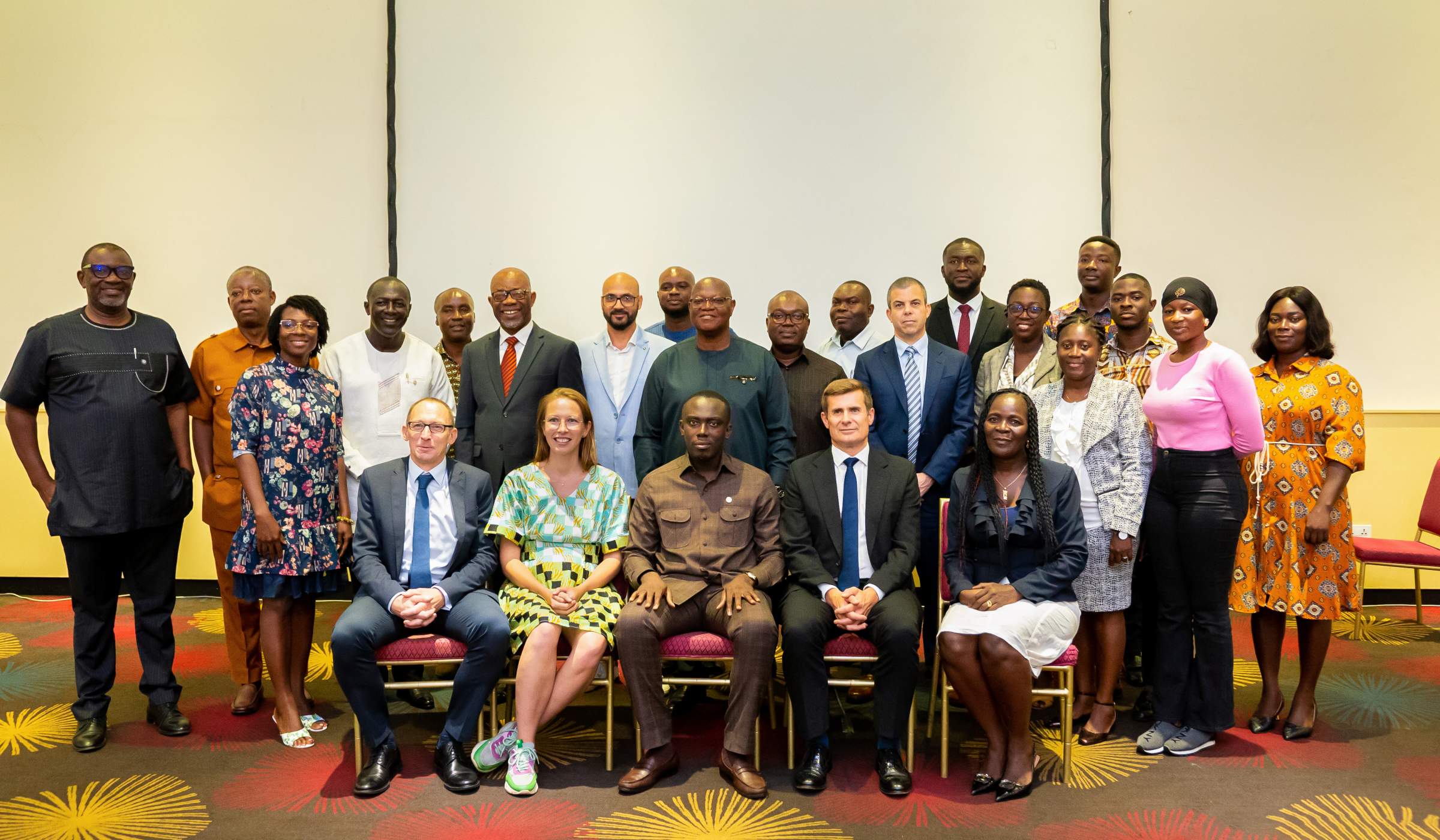
The Cocoa & Forests Initiative (CFI) seeks to address the systemic challenge of deforestation linked to cocoa and the restoration of degraded forests in Ghana and Côte d’Ivoire.
With good progress taking place in both countries, the question is: “What’s next?”
A gathering of the National Oversight Committee (NOC) for CFI in Ghana asked that very question this month in Accra. The NOC is the highest decision-making body for CFI in Ghana, bringing together public- and private-sector leaders to shape the future of the initiative. Attendees included representatives from key government agencies, CFI signatory companies, technical partners and the World Cocoa Foundation (WCF).
Major topics included key decisions on how to continue advancing cocoa traceability, readiness for the EU Deforestation Regulation (EUDR) and how to drive progress through a landscapes approach.
Both Dr. Mawuli Coffie, and Wisdom Tahn Konwuruk, attended this annual meeting for the first time, having joined WCF’s Ghana office in the past year.
“It was energizing to be in the room and hear about how the sector will drive progress in key areas related to ending cocoa-linked deforestation,” said Konwuruk, who recently started as WCF’s Manager for CFI and Environment in Ghana.
Mobilising resources to invest in landscapes
In Ghana, CFI has been focused on galvanising collective action around several prioritised cocoa landscapes, most notably Asunafo-Asutifi. Landscape approaches consider the interconnected nature of diverse commodities and environmental factors within a specific geographic area, enabling more holistic and effective management than focusing on a single crop or issue in isolation. To ensure the initiative can continue to make progress with the Asunafo-Asutifi landscape and eventually others in the country, it is critical to gather sufficient resources.
To that end, WCF presented a plan at the NOC meeting for how to secure higher levels of long-term funding in support of landscapes and drive investment to where it’s most urgently needed. The NOC approved the plan.
“The decision by the NOC will help us cast a broader net in terms of innovative finance models and outreach to more types of organisations,” Coffie said. “To me, this decision was extremely exciting regarding what it will mean for investments in crucial landscapes.”
Readiness for EUDR
CFI and EUDR share the same overall objective of ending cocoa-linked deforestation. At the same time, 60% of Ghana’s cocoa is currently exported to the EU. This means that equipping the country’s cocoa sector to comply with EUDR will have large ramifications for both environmental and economic sustainability.
For this reason, and due to the relevance of the EUDR to CFI’s objectives, the Ghana Cocoa Board (COCOBOD) provided an update on Ghana’s preparation for EUDR compliance. Cocoa farm polygons in Ghana have been mapped and deforestation risk assessment models are being designed and tested.
Going forward, the CFI Technical Working Group will support in tracking and monitoring progress towards 100% traceability for readiness to roll out EUDR compliance.
Looking forward
CFI’s current phase runs through the end of 2025, which means that over the next year, it will be time to re-examine the strategy, structure and governance of CFI, taking into account the progress made to date and the lessons learned along the way. The committee agreed that final decisions on the future direction will be finalised at next year’s NOC meeting.
“I am very optimistic for CFI going forward, “Coffie said. “It’s going to be a critical year to assess what we have learned and accomplished, engage stakeholders and participate in the process to define CFI’s future.”

